Currently, the only data Voyager 1 transmits back to Earth is a repeating string of binary characters, and it could take NASA engineers weeks to fix the glitch.
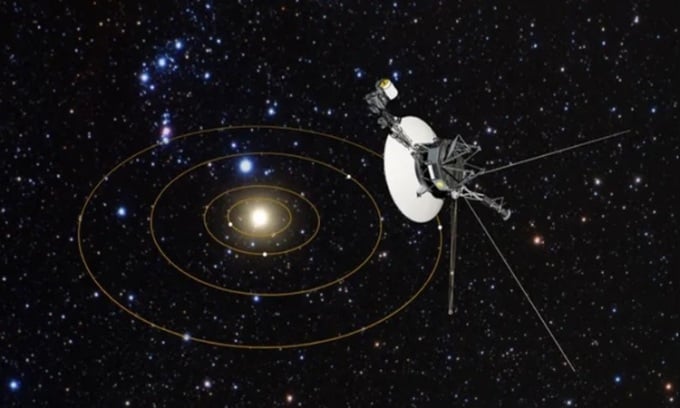
Simulation of Voyager 1 looking back at the Solar System from a distance. Photo: NASA
NASA's Voyager 1 spacecraft is currently unable to transmit any scientific or system data back to Earth, Space reported on December 12. The 46-year-old spacecraft can receive commands, but the problem appears to be with the spacecraft's computer. Voyager 1's Flight Data System (FDS), which collects information and technical data from the spacecraft's scientific instruments, is no longer communicating as expected with the communications controller, according to NASA.
When operating normally, the FDS organizes the spacecraft’s information into data packets, which are then transmitted back to Earth by the TMU. Recently, the data packets became stuck, transmitting a repeating pattern of 1s and 0s. Voyager’s engineering team traced the problem back to the FDS, but it could take weeks to find a solution.
Voyager 1 and Voyager 2, launched in 1977, have been operating longer than any spacecraft in history. Both are in interstellar space, flying more than 15 billion miles from Earth. In fact, they are so far away that it takes nearly a day for a signal to reach the spacecraft and another day for a response. Back-and-forth communication with Voyager 1 takes 45 hours. So when NASA engineers send a fix to the spacecraft’s FDS system, they have to wait until the next day to see if it works.
The solution isn’t as simple as turning the system off and on again. The age and hardware of the spacecraft present a host of challenges. NASA technicians are working with technology that was available in the 1970s, sometimes forcing them to come up with some creative software fixes. This isn’t the first hiccup Voyager 1 has experienced in recent years. The spacecraft experienced problems with its navigation and control system (AACS) in May 2022, transmitting meaningless telemetry data for several months before it was fixed.
NASA engineers will also update the spacecraft’s software in October 2023, which will help prevent sediment buildup in the spacecraft’s thrusters. But those kinds of updates can’t be rolled out quickly. According to NASA, finding solutions to challenges facing the probe often involves consulting decades-old original documents written by engineers who aren’t working on the problem today. As a result, the engineering team needs time to figure out how a new command will affect the spacecraft’s operations to avoid unintended consequences.
An Khang (According to Space )
Source link


![[Photo] National Assembly Chairman Tran Thanh Man meets with outstanding workers in the oil and gas industry](https://vstatic.vietnam.vn/vietnam/resource/IMAGE/2025/4/17/1d0de4026b75434ab34279624db7ee4a)

![[Photo] Nhan Dan Newspaper announces the project "Love Vietnam so much"](https://vstatic.vietnam.vn/vietnam/resource/IMAGE/2025/4/17/362f882012d3432783fc92fab1b3e980)
![[Photo] The beauty of Ho Chi Minh City - a modern "super city" after 50 years of liberation](https://vstatic.vietnam.vn/vietnam/resource/IMAGE/2025/4/18/81f27acd8889496990ec53efad1c5399)
![[Photo] Closing of the 4th Summit of the Partnership for Green Growth and the Global Goals](https://vstatic.vietnam.vn/vietnam/resource/IMAGE/2025/4/17/c0a0df9852c84e58be0a8b939189c85a)
![[Photo] General Secretary To Lam receives CEO of Warburg Pincus Investment Fund (USA)](https://vstatic.vietnam.vn/vietnam/resource/IMAGE/2025/4/18/7cf9375299164ea1a7ee9dcb4b04166a)
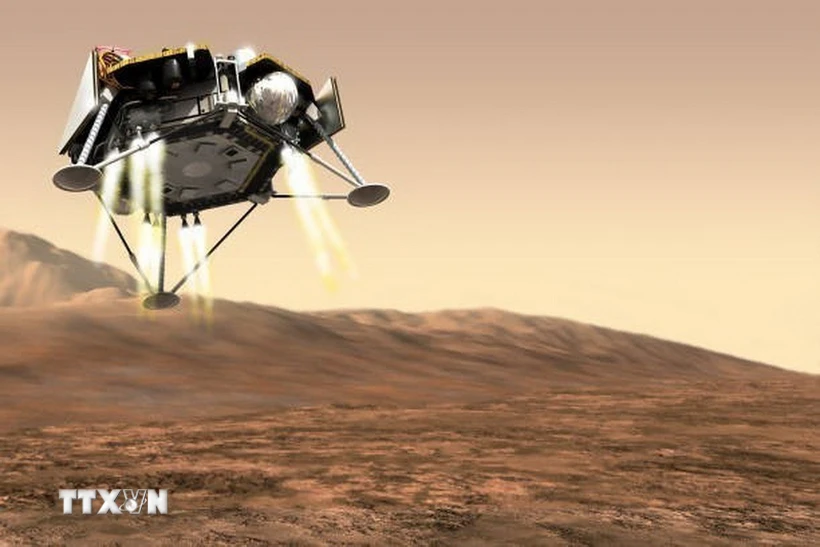



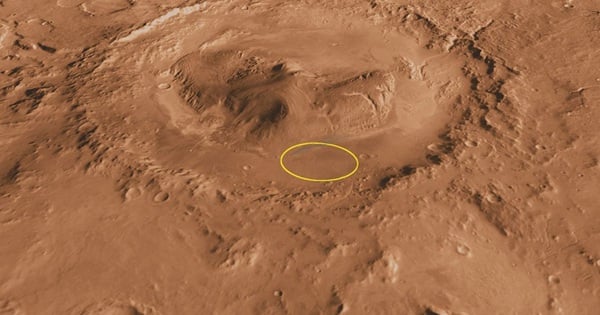

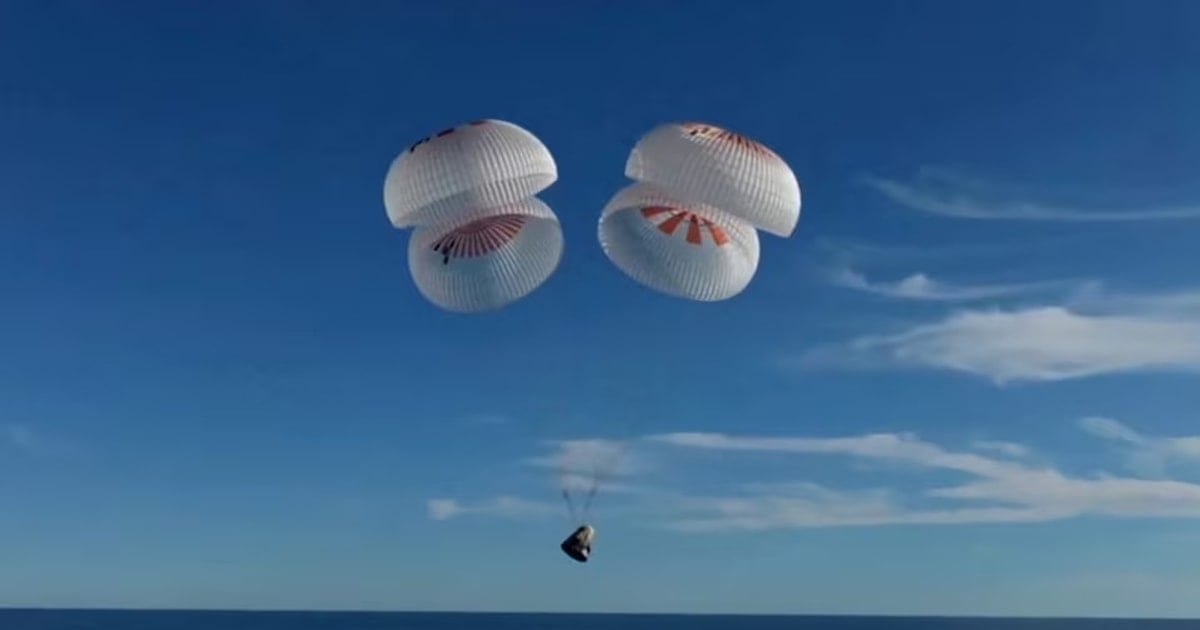

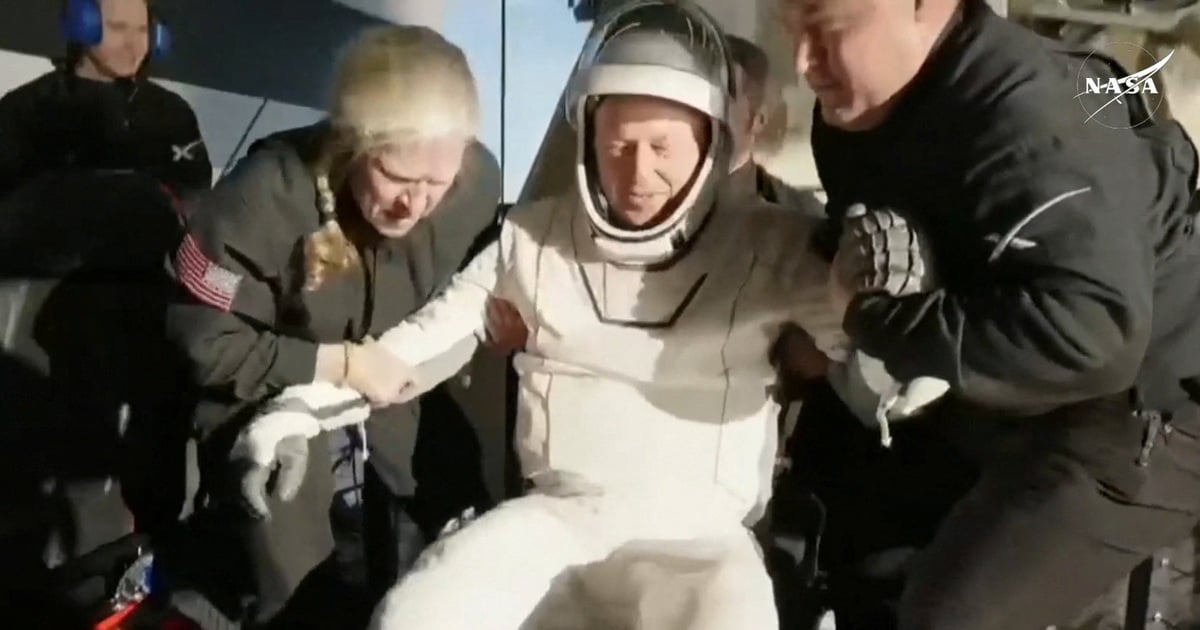

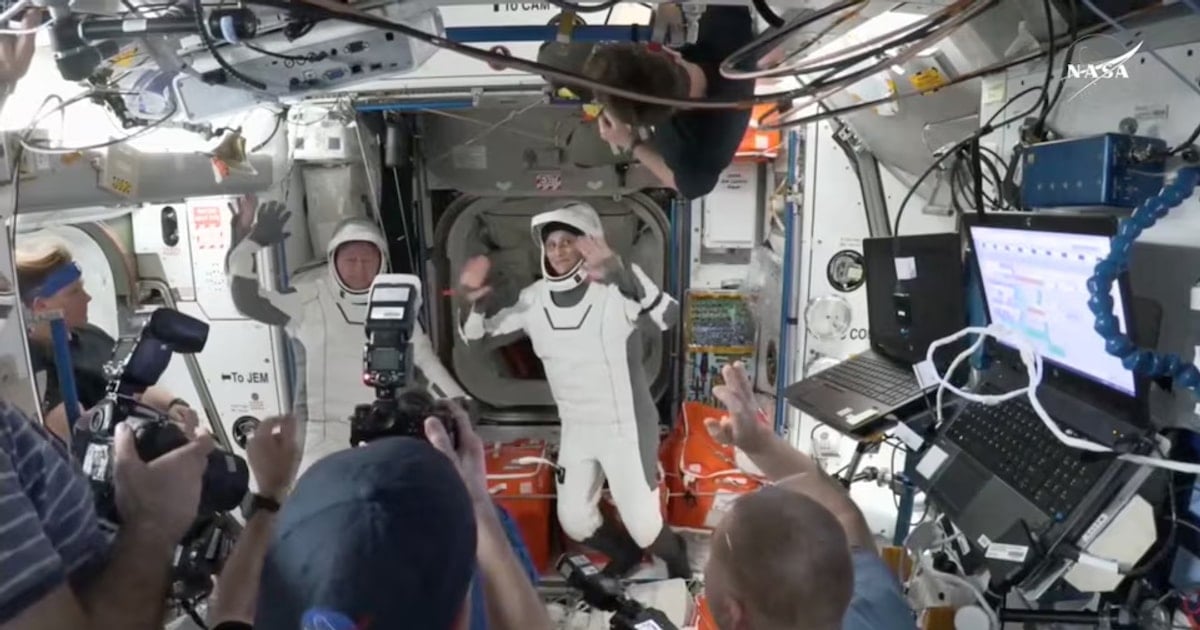











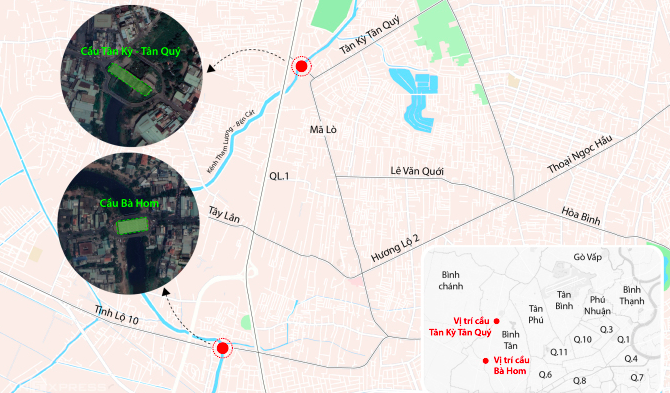


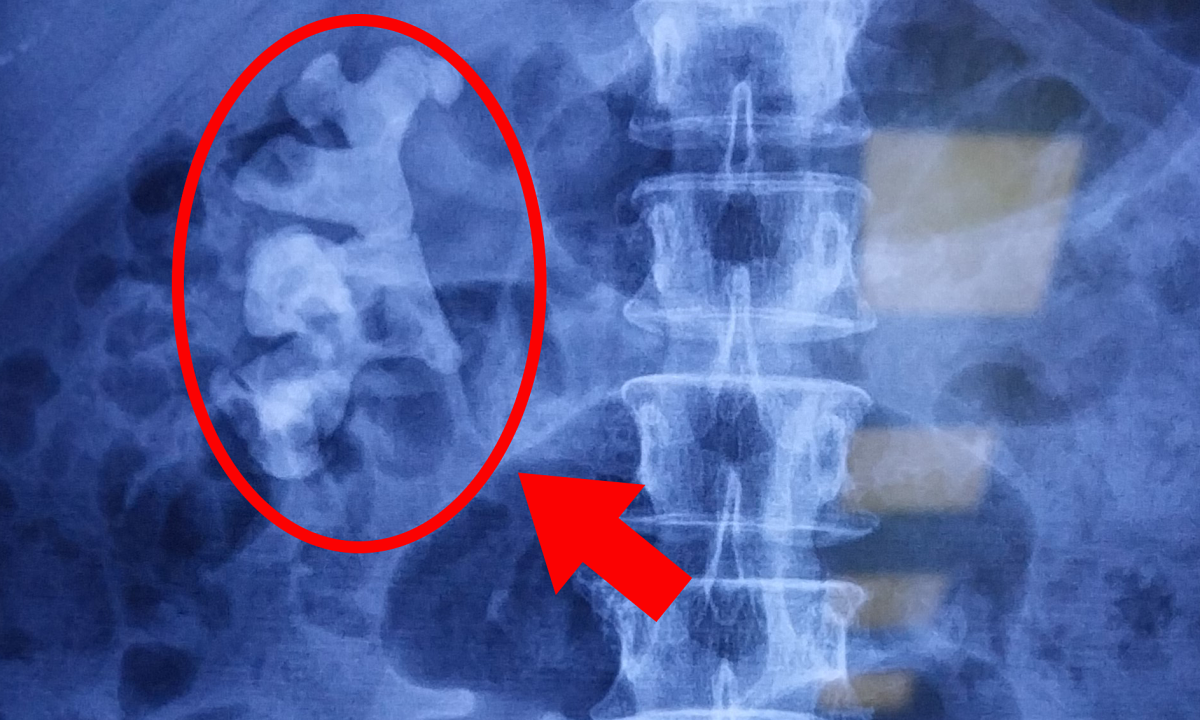

![[Photo] Promoting friendship, solidarity and cooperation between the armies and people of the two countries](https://vstatic.vietnam.vn/vietnam/resource/IMAGE/2025/4/17/0c4d087864f14092aed77252590b6bae)


































































Comment (0)